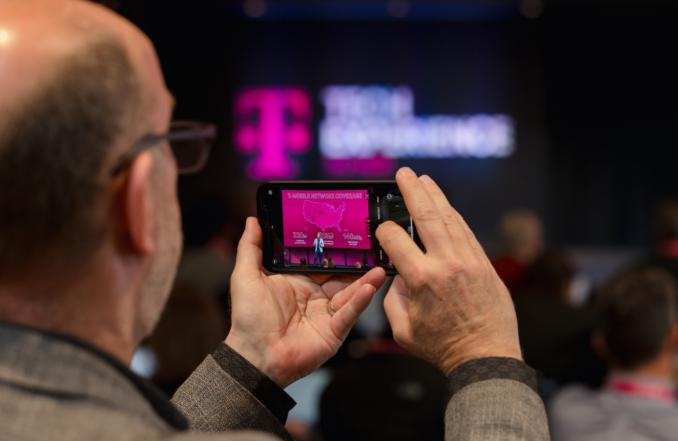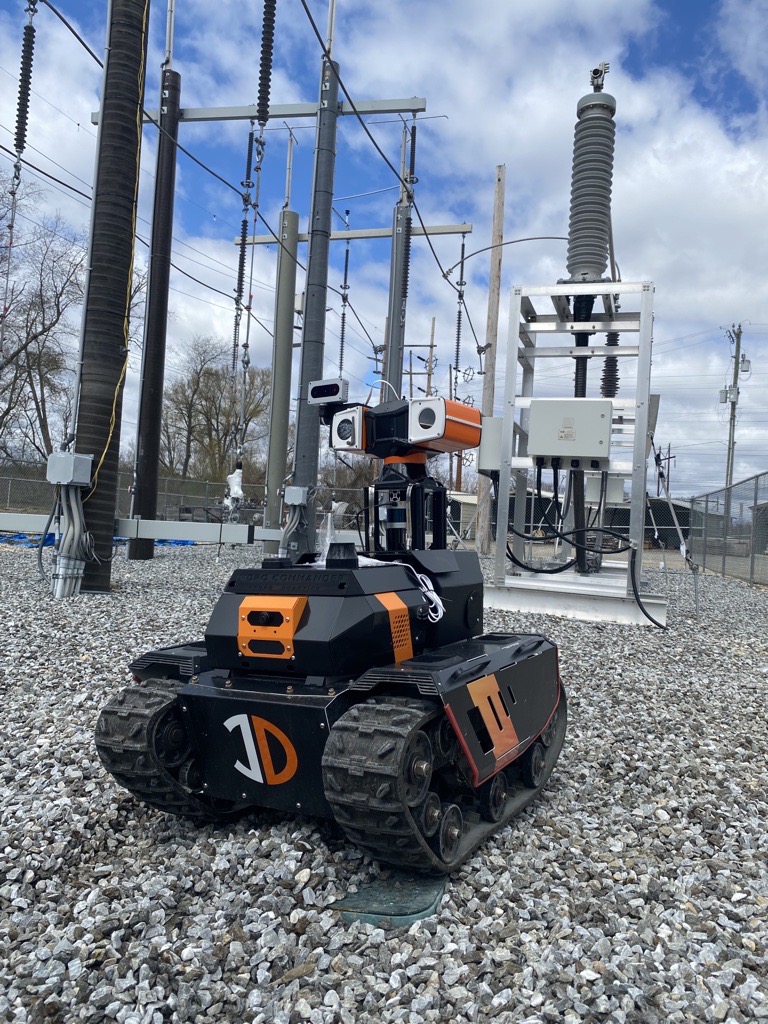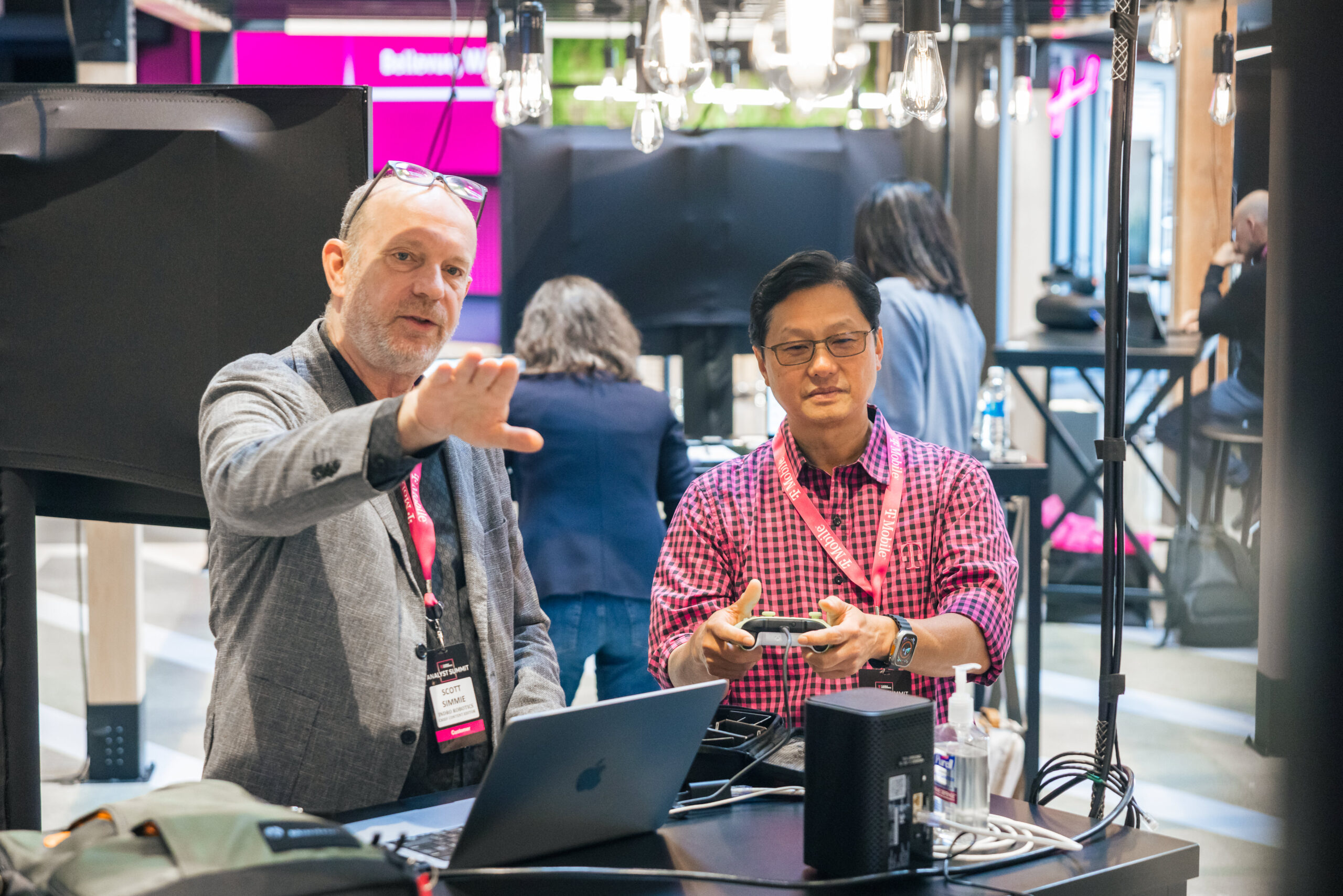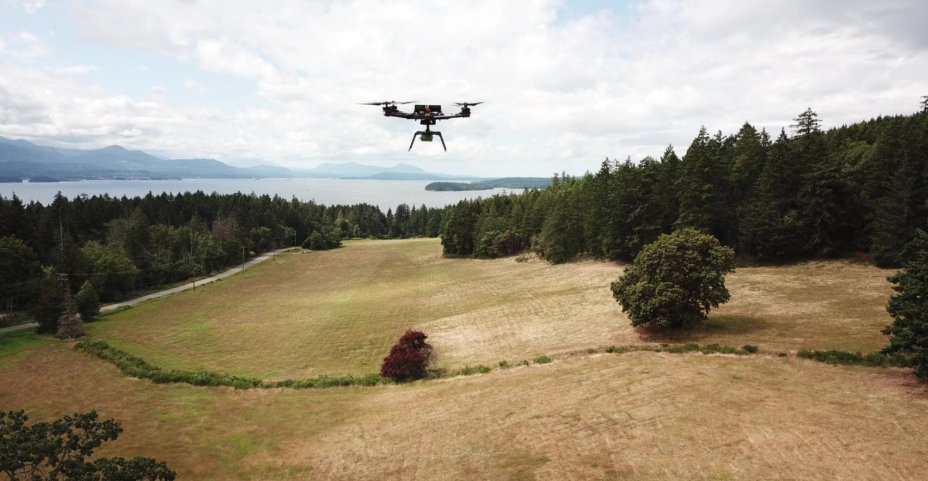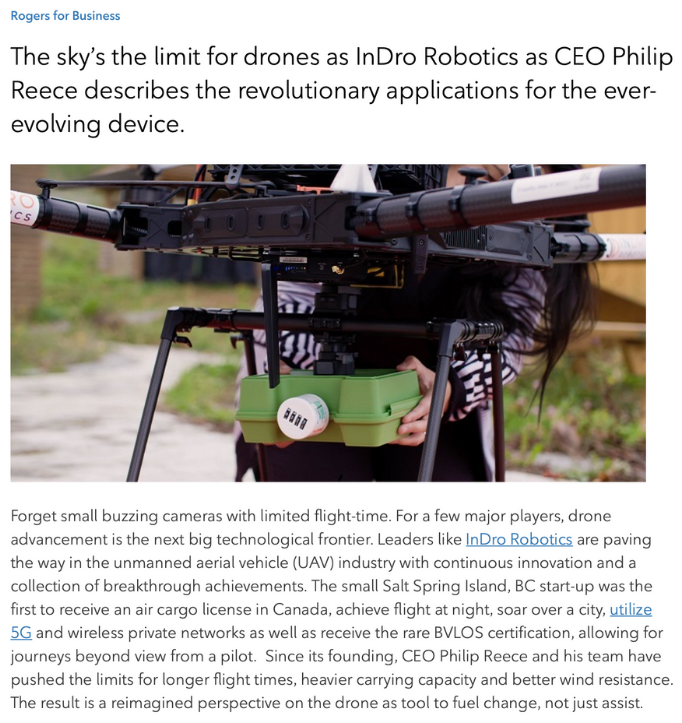
Real Life Robotics expands with new team, research grant, partners
By Scott Simmie
It’s been some time since we’ve had an update on Real Life Robotics, an Ontario-based firm gaining traction with its BUBS last-mile delivery platform.
A lot has happened over the past year, with all of it appearing to point toward a solid trajectory.
“We started off 2024 with a bang – with a really exciting story that has the potential to significantly change the current trajectory of Canadian small and medium businesses from coast to coast,” says CEO and Founder Cameron Waite.
The story? Real Life Robotics (RLR) was one of eight Canadian startups selected by the Canadian Food Innovation Network to receive funding through its FoodTech Next program. FoodTech Next offers funding for early-stage Canadian technology firms who seek to be part of – or sell to – the wider food industry. Through this program, RLR will receive nearly $250,000 to test its solution in real-world environments and validate the return on investment for the food sector.
In the current economic landscape, Canadian businesses grapple with increased customer demands for last-mile delivery and reduced profitability. Currently, most rely on third-party companies like Skip The Dishes, DoorDash and Uber Eats, which charge 20-35 per cent commissions on each order.
Automation is poised to play a critical role in helping businesses efficiently and sustainably move products from Point A to B (and even C, D, E…).
“The overarching goal of FoodTech Next is to accelerate the commercialization of Canadian innovation by generating first demonstration opportunities,” says its website.
The announcement made the news, including this CBC interview with Waite.
Below: Founder/CEO Cameron Waite making a pitch for the FoodTech Next program…

THE PLATFORM
When the RLR team carries out demonstrations across the country, it brings along BUBS – one of several solutions Real Life Robotics has available to customise and deploy. Out of the box, BUBS has a large cargo bay (50 kg) suitable for transporting everything from bottled water to medical supplies to prepared meals.
BUBS can be remotely tele-operated over 5G networks with near-zero latency, or carry out deliveries autonomously. It can work indoors or out and has an IP protection that makes it impervious to inclement weather (with the exception of, say, a hurricane or tornado). It has excellent obstacle avoidance and a number of other features intended for safe operation near people. It’s also perceived as “friendly” – which is important as these devices are introduced in public spaces.
BUBS can also be customised, pending client needs.
“We’re a cargo and last-mile delivery robotics platform,” says Waite. “But clients inevitably and always have some sort of unique requirement to their business in order to fully adopt and scale automation. There’s no reason BUBS can’t be bigger or smaller, or a different shape or colour – or have its cargo bay modified to carry something unique or unusual that requires modification.”
And the business model? Well, it’s not just about selling a single robot. It’s about that first robot proving its worth to the client in economic terms.
“It’s nice to say: ‘I have a robot,'” says Waite. “But our goal is really to have a robot or automation solution that has a positive business impact so that you want to scale and buy more of them. Otherwise, you buy just one.”
MORE OPTIONS EN ROUTE
It’s not just BUBS. Real Life Robotics, says Waite, has another solution it’s about to unveil: A quadruped delivery robot. Having four legs instead of wheels means deliveries are not limited by stairs or rough terrain. And, in a world where businesses increasingly want their space or inventory scanned, this robot is capable of carrying out those tasks as it goes about its delivery work.
While food delivery in public spaces is clearly the focus of Real Life Robotics (and is tied to the federal grant), Waite emphasises that BUBS can be put to use in far wider use-cases.
“Right now our focus is the local delivery side of the food industry,” says Waite. “But beyond that, it could also be products – like hats at a hockey game or bottled water at a. convention centre. It all really comes down to increasing the margins for our clients while ensuring a high-quality memorable delivery experience for the customer.”
Below: BUBS, making things easier…
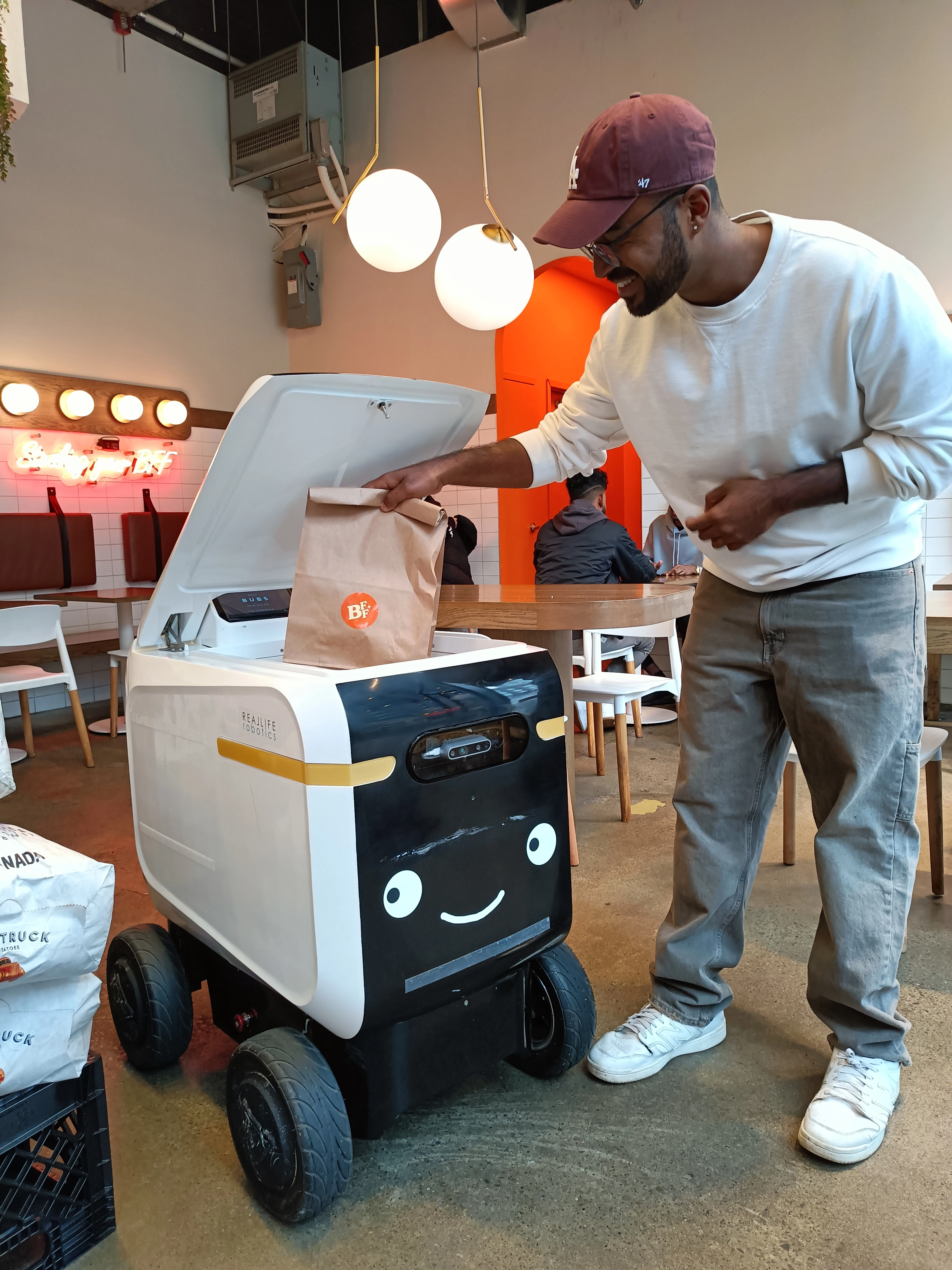
NEW TEAM AND FUNDING ROUND
Though we’ve been focusing on the robots, you can’t build a business without a team. And there, Waite says Real Life Robotics has been fortunate in attracting some A-level talent who share his vision.
The company has acquired Brandon J. DeHart as Chief Technical Officer. DeHart is the head of the University of Waterloo’s RoboHub, the epicentre of all things robotic at the university. (Waterloo’s Engineering department, according to the RoboHub website, “has the largest and most active robotics and automation research group in Canada, supporting Canada’s largest robotics and automation cluster.”)
So DeHart comes with impeccable credentials, and has the expertise to both modify products and engineer completely new solutions for RLR. He has both a PhD and a Masters degree.
“In terms of a robotics pedigree, this guy is top of the tops,” says Waite. “So we’re really, really excited about having him on board as CTO and I’m really excited to see what we can build together.”
You can read more about DeHart in this RLR blog post. And you can look at him, in the photo below…

NEW CFO, Head of Growth
Real Life Robotics has also attracted a new Chief Financial Officer, as well as a Head of Growth.
The CFO is Ian Watson. Based in the UK, Watson spent 25 years with Price Waterhouse Cooper before venturing into the startup space. He has owned and managed several startups, and is a Canadian Chartered Accountant. Watson holds a Master’s degree in Business (McMaster University) and a BA in Economics (Wilfrid Laurier University).
“He’s deeply experienced in the financial and accounting worlds, plus he knows startups and how to help businesses grow strategically,” says Waite.
Sharif Virani is the new Head of Growth – and appears to be a great fit. Before joining RLR, Virani held a similar position with Tiny Mile, which deploys small pink robots for food delivery. The company is currently operating in Miami – and had previously been running its operation in Toronto. If you ever saw one of those little robots on the news or social media, odds are Virani was behind that.
“He’s a serial entrepreneur in the restaurant industry space – so he understands that market really well,” says Waite.
And those are just three of the recent additions to the RLR team. A total of 10 people are now part of the company, with several on the sales and operations side. Together, they bring a total of 53 years of direct experience in the robotics industry.
FUNDING ROUND
As Real Life Robotics prepares for its next phase of growth, the company is currently in a Series A raise round.
“The traction we’ve received – from the partnerships we’ve been developing, the grants we’ve been winning, and the client revenue we’re now generating – tells a really strong story to the investment community,” says Waite.
Below: a 360° video tour of the University of Waterloo’s RoboHub. Be sure to scroll around to see the big picture…
WAIT A MINUTE
Cameron Waite talks a good game. But how do we safely introduce robots onto public roadways? Though Toronto now has a pilot project underway to evaluate such delivery robots, it’s not like they’re going to be embraced tomorrow.
So how can Waite be so optimistic, when public acceptance (and even permission from municipalities) is not guaranteed?
The answer, he says, has been in ground work and relationship building. RLR is also part of multiple stakeholder organisations that have been actively engaging on precisely this issue. The company is part of the following groups:
- Urban Robotics Foundation
- Canadian Robotics Council
- Founding member of the RoboHub Professional Partnership Program
- Founding member the Toronto Autonomous Mobility Working Group
That last one? Its members are Gatik, Tesla, Uber and Real Life Robotics.
Lobbying groups are one thing. But getting the automated rubber to meet the road is another. Here, Waite reveals that RLR is ahead of the game: It has permission from five municipalities across the country to operate and test its vehicles in public spaces.
“That’s really what this government grant is targeted toward: Exploring the validity of robots in public environments,” says Waite.
MAJOR PARTNERSHIPS
Waite also says RLR has some significant partners onboard, including “an incredibly large restaurant space company.”
“This partner not only gives us some amazing insight and data that we can utilise to ensure that this technology truly has ROI and business value to that industry. They also give us some scale and scope as we grow.”
But why not name names?
“The reason is simply that we’re moving a little bit faster than their marketing team can handle.”
Waite promises some significant announcements on this front soon, and deployment of RLR robots in the streets in the near future. Again, Waite won’t reveal details but pledges that the use-case is “really cool” and will grab headlines.
“By the summer, for sure, Real Life Robotics robots will be in the field – and there will be a huge story around it.”
He adds that RLR has Indro Robotics as an engineering partner, and access to InDro Forge, a rapid fabrication and prototyping facility based in Ottawa. These two partnerships, he says, speed custom fabrication for clients, in addition to builds of entirely new robots.
Below: BUBS on the street…doing good work
INDRO’S TAKE
We’ve been watching Real Life Robotics with interest over the past year and we’re pleased to see the terrific progress that’s been made.
“Robotics and automation can make things much easier for many businesses, but municipal permissions for more than a one-off demo have traditionally been tricky in this space,” says InDro Robotics CEO Philip Reece.
“That’s starting to shift, but you can’t have public adoption and acceptance until these devices are actually in the field. And they can’t be put in the field without the vision and cooperation of municipalities. We’re pleased to see that Real Life Robotics has made gains in this area, and congratulate them on winning that important grant. We look forward to seeing RLR robots in the streets – somewhere – this summer.”
For more information on RLR, including an investor deck, contact Cameron Waite here.

